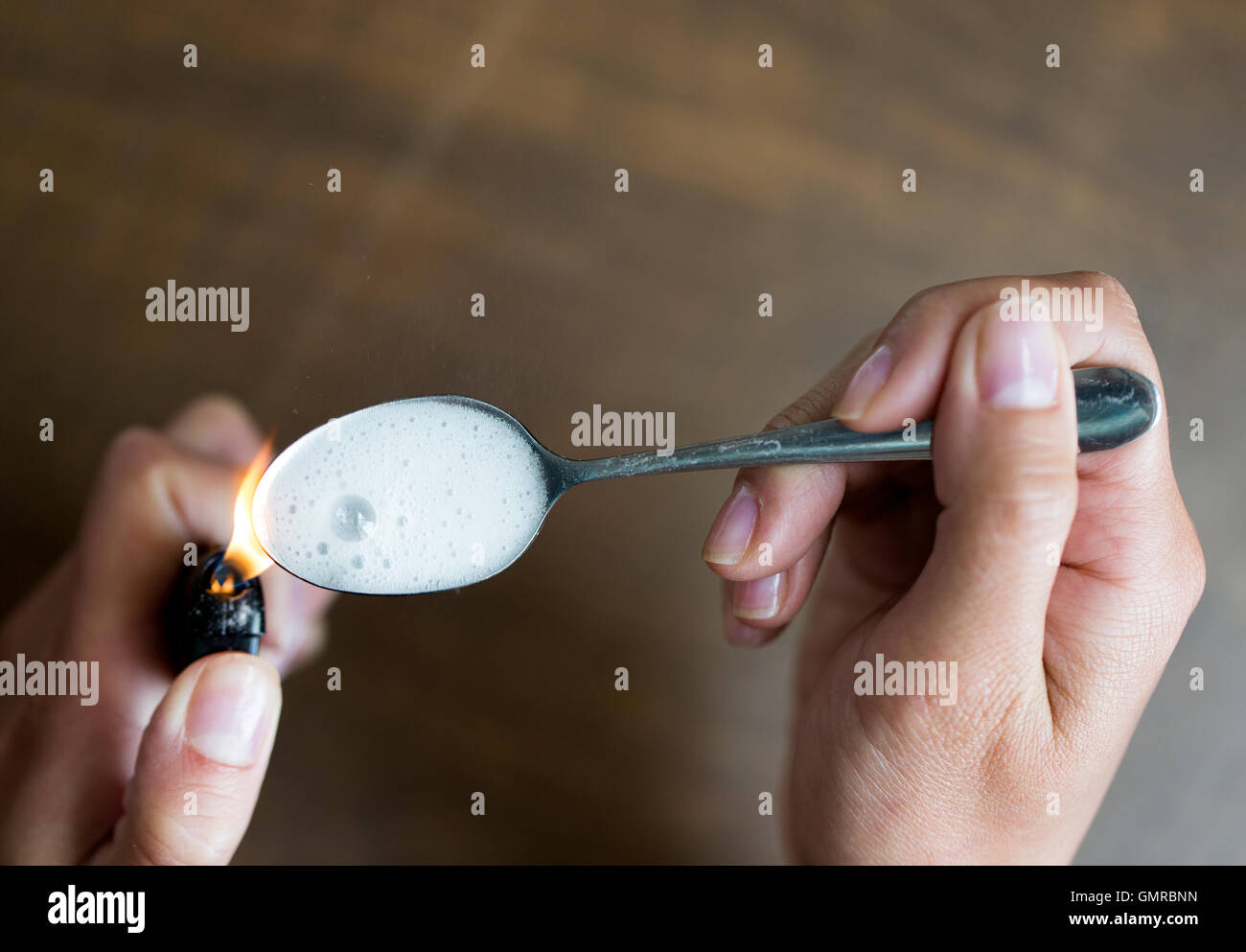
HOW TO COOK COCAINE INTO CRACK WITH SPOON FREE
Free base cocaine separates as an oily layer, floating on the top of the now leftover aqueous phase. Loss of CO 2 prevents the reaction from reversing back to cocaine hydrochloride. The heating accelerates the degradation of carbonic acid into carbon dioxide (CO 2) and water. Once mixed and heated, the bicarbonate reacts with the hydrochloride of the powder cocaine, forming free base cocaine and carbonic acid (H 2CO 3) in a reversible acid-base reaction. This process is frequently done with baking soda (sodium bicarbonate), water, and a spoon. The net reaction when using sodium bicarbonate isĬoc-H +Cl − + NaHCO 3 → Coc + H 2O + CO 2 + NaClĬoc-H +Cl − + NH 4HCO 3 → Coc + NH 4Cl + CO 2 + H 2OĢ(Coc-H +Cl −) + (NH 4) 2CO 3 → 2 Coc + 2 NH 4Cl + CO 2 + H 2OĬrack cocaine is frequently purchased already in rock form, although it is not uncommon for some users to "wash up" or "cook" powder cocaine into crack themselves. Sodium bicarbonate (NaHCO 3, common baking soda) is a base used in the preparation of crack, although other weak bases may substitute for it. SynthesisĪ close up of the "cooking" process that creates crack. Use of toxic adulterants such as levamisole, a drug used to treat parasitic worm infections, has been documented. Ĭrack cocaine sold on the streets may be adulterated (or "cut") with other substances mimicking the appearance of crack to increase bulk.

Purer forms of crack will sink in water or melt at the edges when near a flame (crack vaporizes at 90 ☌, 194 ☏). Like cocaine in other forms, crack rock acts as a local anesthetic, numbing the tongue or mouth only where directly placed. Purer forms of crack resemble off-white, jagged-edged "rocks" of a hard, brittle plastic, with a slightly higher density than candle wax.


 0 kommentar(er)
0 kommentar(er)
